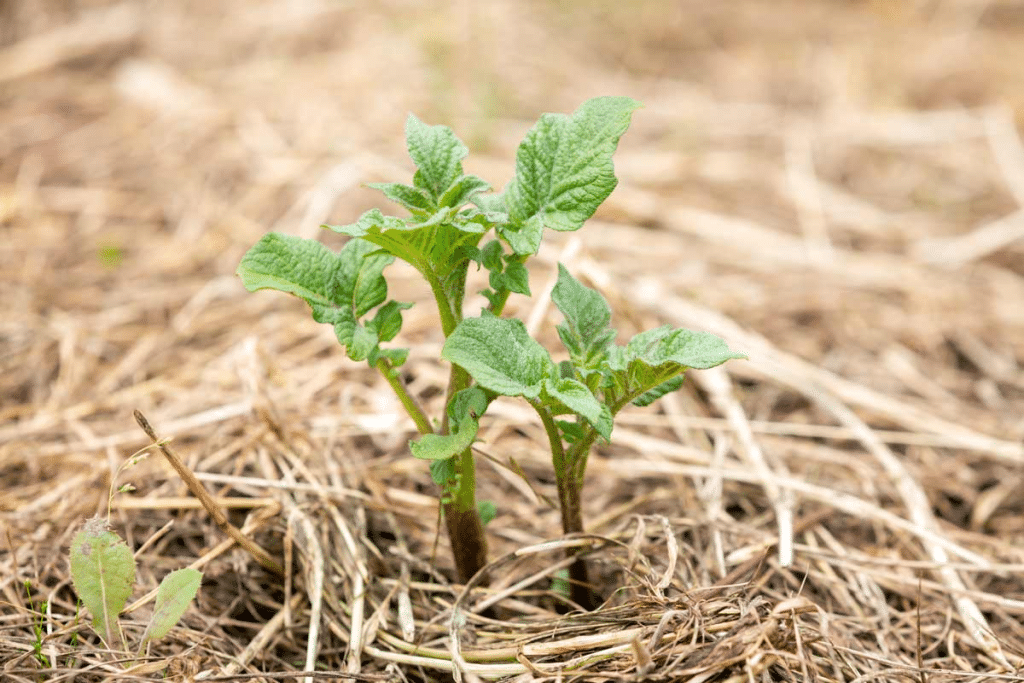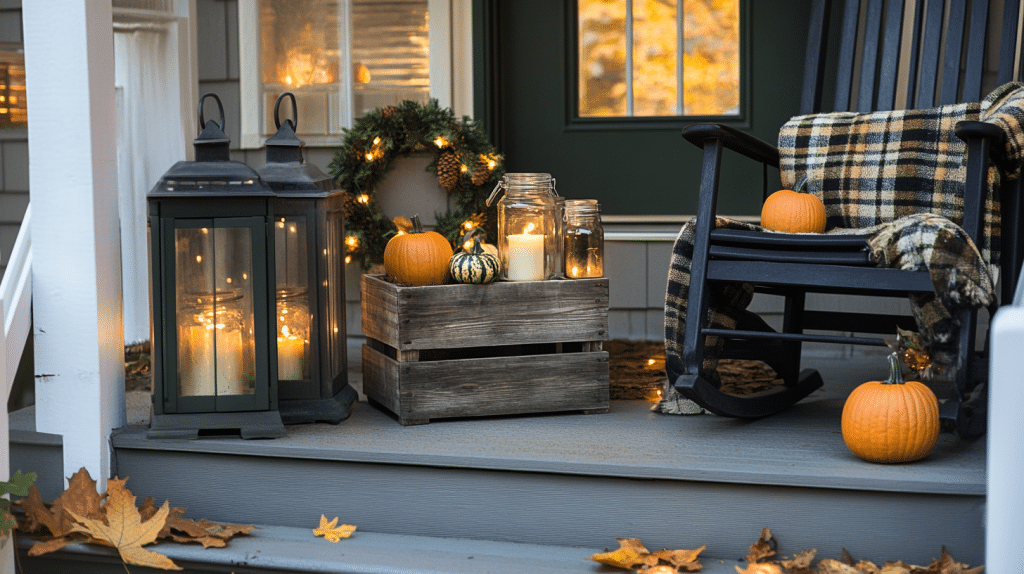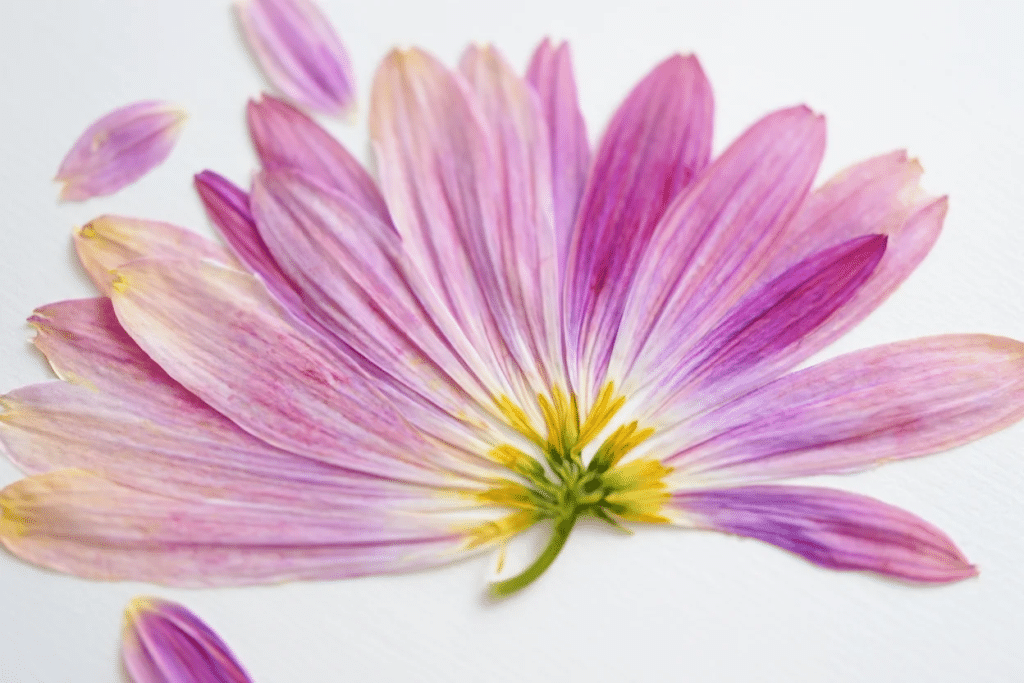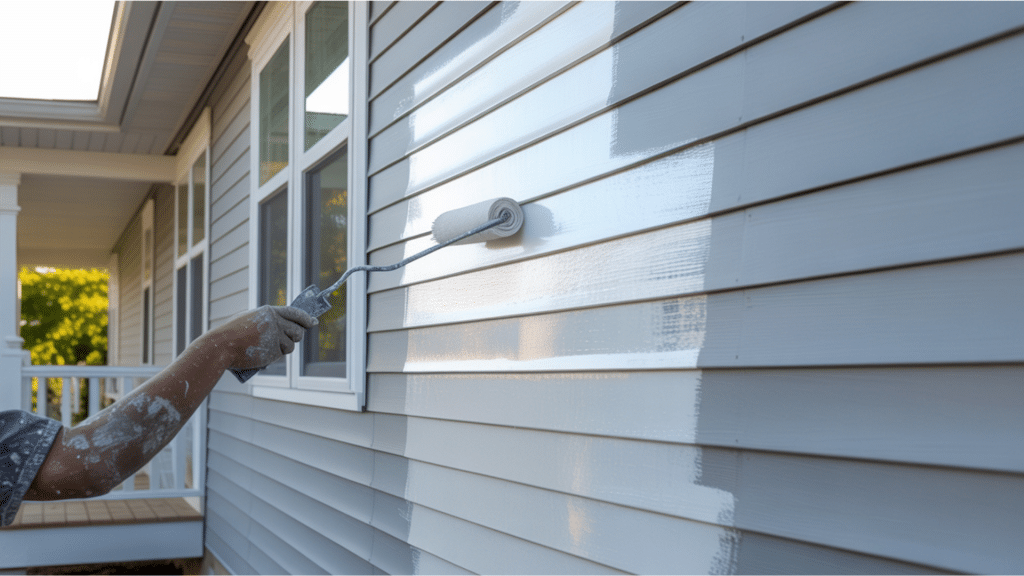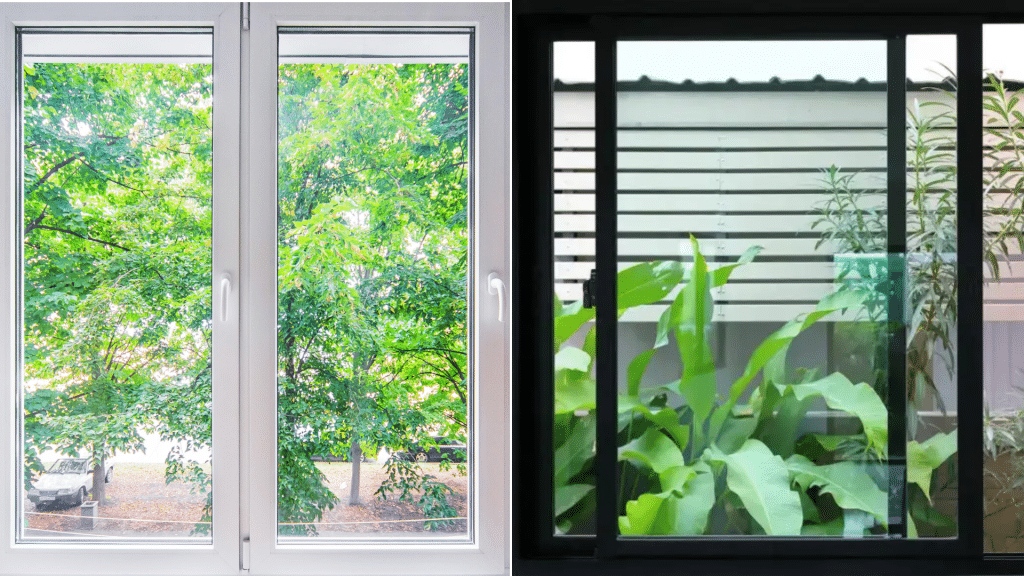Gardens can be tough work. Are you tired of spending countless hours digging, weeding, and breaking your back in the garden? I sure was.
The constant struggle with soil preparation left me exhausted and questioning if gardening was worth all the effort.
But I found a better way! The Ruth Stout Method changed everything for me. This no-dig approach uses simple mulching techniques that save time, reduce effort, and still grow amazing plants. No more backbreaking digging or constant weeding.
What is the Ruth Stout Method?
The Ruth Stout Method is a simple and easy way to garden without a lot of hard work.
Instead of digging or tilling the soil, you just cover your garden with a thick layer of mulch, like old hay or straw. The mulch should be about eight inches deep.
When you want to plant seeds or small plants, you move the mulch aside, put in your seeds or plants, and then tuck the mulch back around them.
Every year, you add more mulch on top. This method saves time and energy, and it helps your plants grow strong and healthy by making the soil better and keeping it moist.
The Ruth Stout Method is great for anyone who wants a low-maintenance garden that is good for the environment and easy to take care of.
The Science Behind the Ruth Stout Method
The science behind it is that the mulch keeps the soil moist, stops weeds from growing, and slowly breaks down to feed the soil with nutrients.
This helps plants grow better because the soil stays healthy and full of good things that plants need.
Benefits of the Ruth Stout Method
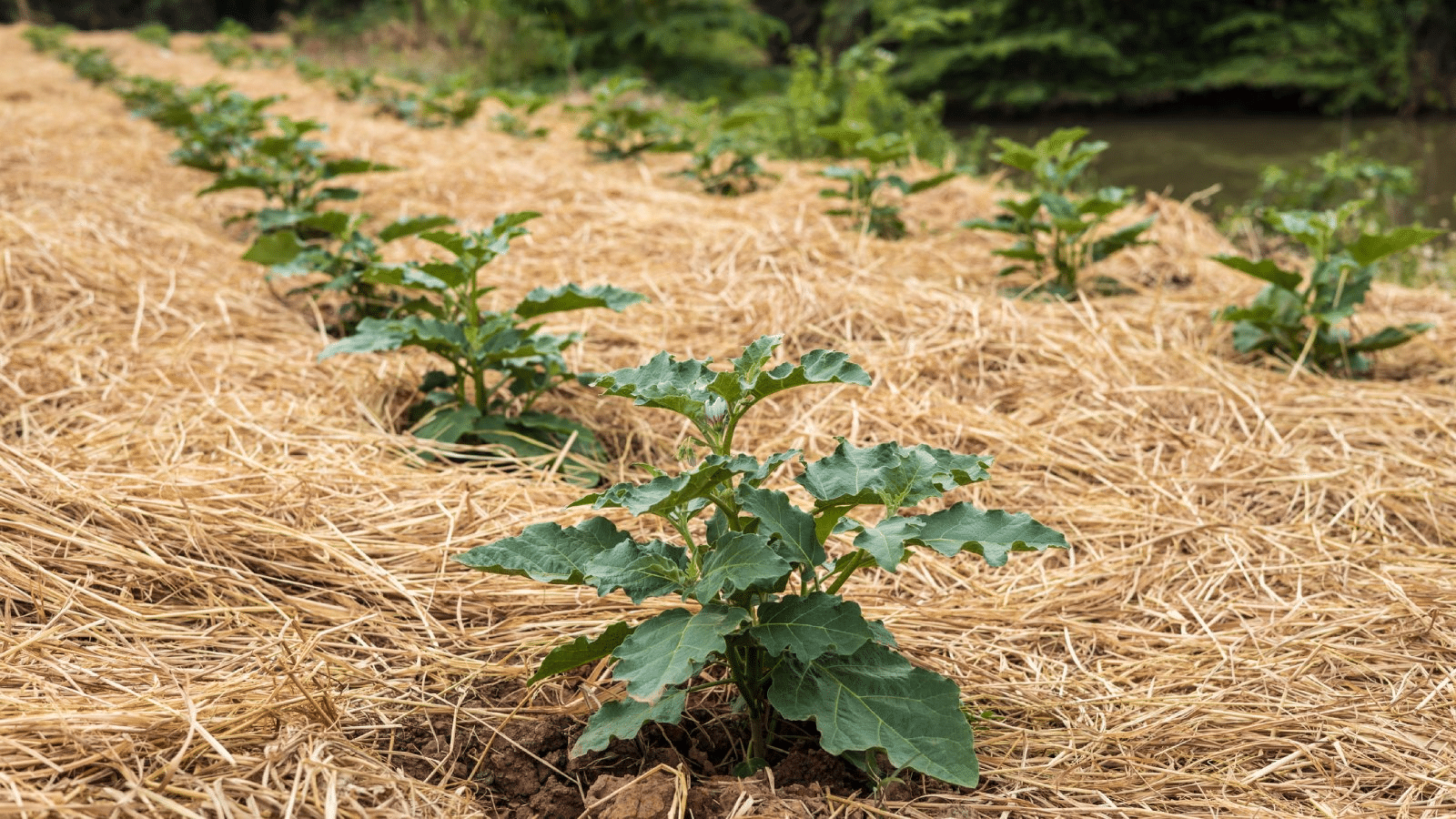
The Ruth Stout Method simplifies gardening by using thick layers of mulch to improve soil health and reduce maintenance. Here’s why it’s so effective:
- Less Work: No digging, tilling, or constant weeding. Just lay down mulch, and let nature take care of the rest. You’ll spend less time working and more time enjoying your garden.
- Healthier Soil: Mulch breaks down over time, enriching the soil with nutrients. This creates better, more fertile soil year after year.
- Weed-Free Garden: The thick mulch blocks sunlight, preventing weeds from growing. Less weeding, means less hassle.
- Water Conservation: Mulch helps retain moisture in the soil, reducing the need for frequent watering, especially during hot months.
- No Synthetic Fertilizers: As mulch decomposes, it naturally fertilizes your garden. No need for chemical fertilizers, making it an eco-friendly choice.
- Stronger Soil Structure: The method keeps soil undisturbed, allowing better airflow and water retention, which benefits plant roots.
- Eco-Friendly: Using organic mulch (like hay or leaves) reduces waste and eliminates the need for harmful chemicals. It’s better for the environment and your garden.
What Can You Grow with The Ruth Stout Method?
The Ruth Stout Method uses a thick layer of mulch, like hay or straw, to cover your garden soil. You can grow almost any kind of vegetable or fruit using this easy method. Here are some examples:
| Type of Plant | Best for | Growing Tips |
|---|---|---|
| Vegetables | Tomatoes, lettuce, carrots, squash | Make sure to layer mulch thickly and add more each season. |
| Herbs | Basil, mint, oregano, thyme | Great for easy access and less weeding; keep mulch dry around herbs. |
| Flowers | Sunflowers, marigolds, zinnias | Mulch helps reduce weeding, but flowers may need occasional watering. |
| Perennials | Asparagus, rhubarb, blueberries | Mulch keeps roots protected and moisture retained. |
| Root Crops | Potatoes, carrots, beets | Dig small holes in mulch to plant; the mulch helps with root development. |
| Leafy Greens | Spinach, kale, Swiss chard | Ideal for the Ruth Stout Method as it requires minimal watering and weeding. |
| Berries | Strawberries, raspberries | Mulch helps keep soil moist and healthy, ideal for berry plants. |
With the Ruth Stout Method, you can grow potatoes, carrots, onions, beans, peas, tomatoes, strawberries, herbs, and many more plants. This method makes gardening easier and helps your plants grow better!
Common Pitfalls and How to Avoid Them
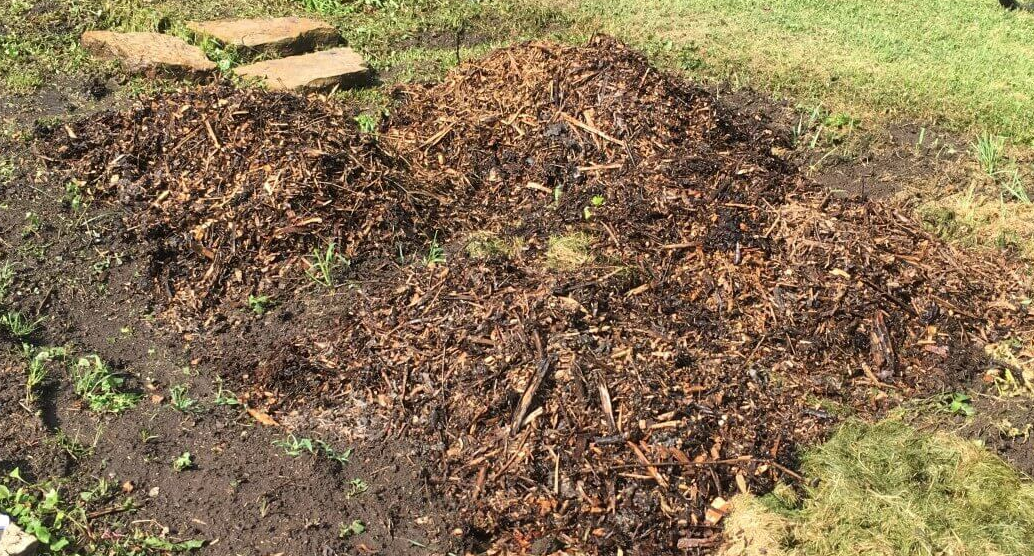
1. If the mulch layer is too thin, it won’t effectively suppress weeds or retain moisture.
Solution: Make sure your mulch layer is about 6-8 inches deep. This thickness will help keep weeds at bay and keep the soil moist.
2. Not all mulches are suitable for the Ruth Stout Method. Some materials, like plastic or non-biodegradable mulch, won’t work.
Solution: Stick to organic mulches like straw, hay, grass clippings, leaves, or wood chips. These decompose naturally and improve the soil.
3. It’s easy to plant too deep when using mulch, which can harm plants or prevent them from growing properly.
Solution: When planting, dig small holes in the mulch, place your seeds or plants, and lightly cover them with the mulch. Don’t bury them too deeply.
4. Adding too much mulch in one go can suffocate plants or block them from getting enough air and sunlight.
Solution: Add mulch gradually, layering a little more each year. This helps to maintain a healthy balance and prevents excessive build-up.
5. With thick mulch, water can have a hard time reaching the soil underneath.
Solution: Water gently to ensure moisture reaches the soil beneath the mulch. Check moisture levels regularly to make sure plants are getting enough water.
6. While mulch improves soil over time, it might not provide all the nutrients your plants need.
Solution: Supplement with compost or other organic matter occasionally to maintain soil fertility and support plant health.
7. Mulch can attract pests, like slugs or rodents, which can harm your plants.
Solution: Monitor your garden for pests and use natural pest control methods, such as diatomaceous earth or neem oil, to protect your plants.
8. If you plant too many plants in a small space, they won’t have enough room to grow and may compete for light and nutrients.
Solution: Give your plants enough space to grow properly, ensuring they get adequate light and air circulation.
By keeping these tips in mind and avoiding these common mistakes, you can ensure your garden thrives using the Ruth Stout Method!
Mastering the Ruth Stout Method
Take your garden to the next level with these expert tips for the Ruth Stout Method:
- Mix Your Mulch: Combine straw, wood chips, grass clippings, and leaves to provide a variety of nutrients for your soil.
- Add Compost: Place a thin layer of compost under your mulch to boost soil fertility and support plant growth.
- Deep Watering: Water deeply once a week to encourage strong root growth, and check moisture beneath the mulch before watering.
- Prevent Mulch Build-Up: Rake back the mulch each year, loosen the soil, and add fresh mulch to avoid thick layers that can suffocate plants.
- Use Cover Crops: Plant crops like clover or rye in the off-season to improve soil health, prevent erosion, and add organic matter.
- Practice Crop Rotation: Rotate your plants each year to prevent soil depletion and reduce pests.
- Attract Worms: Add compost and loosen mulch to encourage earthworms, which help improve soil structure.
- Group Plants Together: Plant similar crops in clusters to meet their specific needs and ensure better growth.
These tips will help you maximize the benefits of the Ruth Stout Method for a healthier, more productive garden.
The Bottom Line
Nature doesn’t dig; so why should you?
The Ruth Stout Method proves that sometimes the most revolutionary gardening approach is simply stepping back and letting decomposition do the heavy lifting.
This isn’t just lazy gardening—it’s brilliant gardening. With each passing season, your no-dig beds become more fertile, more drought-resistant, and more productive while requiring less intervention.
Why not experiment with one small garden area? A single 4×4 bed under deep mulch might forever change how you view gardening.


